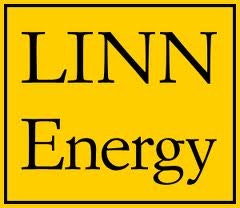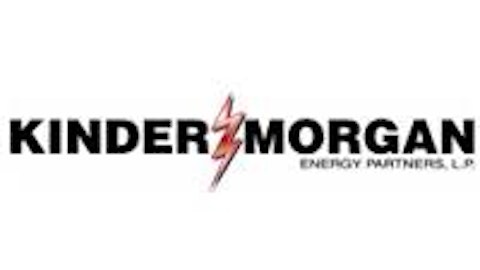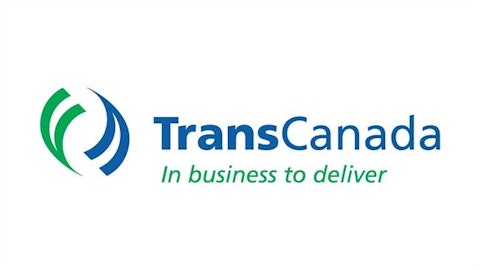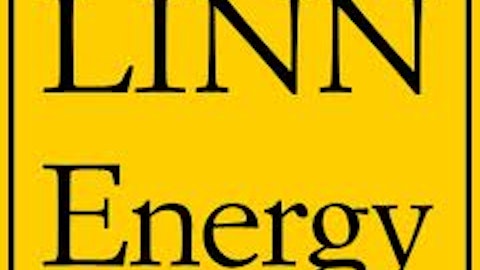There has been a lot of bad press for master limited partnerships and energy limited liability corporations over the past five months. Barron’s initiated a series of articles starting in February criticizing Linn Energy LLC (NASDAQ:LINE)’s accounting. That has escalated into increasing short interest and countless sensational accusations, including Linn Energy as a Ponzi scheme, since an informal U.S. Securities and Exchange investigation was announced in early July.
Linn Energy LLC (NASDAQ:LINE) is organized as a limited liability corporation that is close in structure to a master limited partnership. Both benefit from a tax-advantaged structure that requires a pay out of distributable earnings to unit-holders who then pay the tax.

Charles Ponzi was arbitrage trading cheap overseas mail vouchers against the higher value in the U.S. At one point, it’s estimated he was trading 160 million of these coupons where only 27,000 existed. The payment to investors was based solely on the new investment money and not on the value of his phantom vouchers. Frankly, Linn Energy LLC (NASDAQ:LINE) can’t accurately be called a Ponzi scheme or even Ponzi-like.
Seeking Alpha and Forbes have been running a series of articles condemning Linn’s accounting.
Barron’s did not go so far as to call them the ghost of Ponzi past.
MLP’s pay partners cash
Energy master limited partnerships (MLP) have been around for years. The best known of them is probably Kinder Morgan Energy Partners LP (NYSE:KMP). KMP represents the traditional structure of an energy MLP. It is not an upstream producer but rather the middleman transporting oil, gas, and refined petroleum in their pipelines. It was formed as a limited partnership in 1992 and has had time to amass assets that produce operating cash flows in excess of distributions to partners.
However, this is not the measure of cash that can be paid to unit-holders. Distributions are calculated from distributable cash flow (DCF) that starts with operating income before interest, taxes, depreciation and amortization (EBITDA). Partnerships are required by law to distribute a portion of their cash to unit-holders as a tax-advantaged corporation. Linn Energy LLC (NASDAQ:LINE) rarely distributes in excess of their calculated distributable cash flow.
Does Linn Pay Too Much?
Part of the criticism is that Linn Energy LLC (NASDAQ:LINE) pays cash they don’t have based on operating cash flow. Distributable cash not covered by operating cash flow does not make them Charles Ponzi reincarnated. MLPs and LLCs by convention never use cash flow or free cash flow to calculate distributable cash. They use an adjusted EBITDA as the starting point—that’s industry standard, non-GAAP and not an abuse of accounting rules.
Linn’s distributions and distributable cash
Should hedges be trimmed?
Shorts also make the case that Linn fails to adjust distributable cash flow for the expense of some of their hedges. While some hedging has no upfront cash cost, Linn Energy LLC (NASDAQ:LINE) pays for puts as insurance against falling energy prices. Shorts argue that the cash cost should be expensed and that the eventual gains help the company overstate distributable cash since the expense was never included. There are two problems with this argument.
1) Put costs can precede the eventual gains by months since the options expire well after the costs were incurred. The unmatched cost and gain would give a distorted picture of distributable cash.
2) When the gain is finally realized and becomes part of EBITDA, it is a net gain indicating the cost was netted out and ultimately has been accounted for.
Using puts in conjunction with other hedging strategies – costless collars and swaps – is not aggressive or exotic. In some instances, purchasing an outright put without tethering it to a call (a collar) is a better hedging strategy. There can be a lot of cash left on the table if companies are forced to honor call contracts as the price of the underlying commodity is taking off and they lose all the upside. In that scenario, costless collars are not so costless.
Linn Energy has stopped using puts as insurance against falling commodity prices in 2013. It may have been the result of bad press from Barron’s or it may be because it sees a stabilization in gas prices and therefore, puts are less necessary for insurance. In either case, that expense has stopped and without it, operating cash flow will cover distributions going forward. Unfortunately, if it is bullied by investors and shorts to the point where it no longer buys puts, it loses a valuable hedging strategy.
Mature Assets Create Value
With MLPs and LLCs (especially those investing in mature declining assets with lower exploration and development costs) it’s all about the returns on investment in those producing assets. When an MLP/LLC is getting a return on capital exceeding the cost of that capital, there is a rationale for using debt and equity to fund the growth and for subsidizing the distributions through 100% hedging. Linn Energy’s cost of capital is 9% and returns on invested capital are around 14%.
Linn is only 10 years into its operating history compared to a company like Exxon Mobil Corporation (NYSE:XOM) that has been around 125 years. It has not acquired an asset base that can pay a dividend from operating cash flow, but as a tax-advantaged LLC, can afford to use debt and equity if the returns on investment are positive. C-corps and MLPs can’t be directly compared and the argument that it has to be able to pay distributions from operating cash flow like Exxon Mobile or Chevron Corporation (NYSE:CVX) is ridiculous.
The Shorts Would Love to See the Berry Acquisition Fail
The financial press attacks and the informal SEC investigation come at a vulnerable time for Linn Energy and LinnCo LLC (NASDAQ:LNCO). LinnCo holds units in Linn Energy and makes distributions to its unit-holders. It was LinnCo that was to be the vehicle for acquiring Berry Petroleum Company (NYSE:BRY). Berry Petroleum will add reserves, production, and cash flow — important to Linn’s continuing growth. Its long-life, low-decline, mature assets are an excellent fit for the MLP/LLC model.




